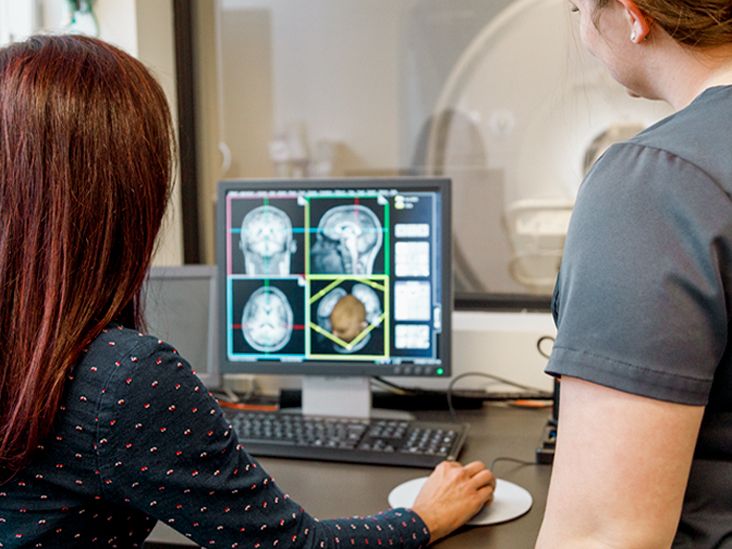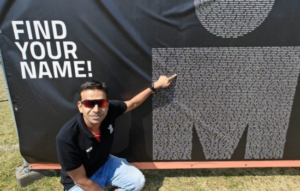
VP Shunt Surgery in Vasant Kunj, Delhi
📅 Published on November 30, 2022
VP shunt of Ventriculo
Peritoneal shunt is one of most common neurosurgical procedures performed worldwide. This surgery is done for excessive buildup of water or hydrocephalus in the brain. VP shunts are done in all ages from small children to elderly adults for various reasons.
VP shunt as the name suggests means putting a thin pipe from the head to the abdomen wall to carry the extra fluid from the brain to the peritoneal cavity to be absorbed. This tube is put below the skin and also has a valve to regulate the amount of fluid which is being drained.
Hydrocephalus
CSF is produced by the choroid plexuses in the brain at approximately 0.5ml/hr and circulates through the brain cavities and along the spinal cord to be absorbed back into the blood through specialised pores back into the bloodstream. Any disturbance in production, circulation or absorption can lead to hydrocephalus.
It can broadly divided into
- Obstructive hydrocephalus: Due to blockage in circulation
- Communicating hydrocephalus: Due to problems in absorption
Symptoms of VP Shunt
Signs and symptoms can vary depending on the age of the patient
Infant/ Children:
- Rapidly increasing head size
- Drowsiness\irritability
- Poor feeding
- Headache with vomiting
- Downward deviation of eyes, crossed eyes
- Drop in academic performance
- Delayed milestones\reversal of milestones
Young adults:
- Headache with vomiting
- Blurring of vision\Loss of vision
- Memory disturbances
- Difficulty walking \balancing
- Unconsciousness in extreme cases
Elderly:
Typically have a condition called NPH: Normal pressure hydrocephalus:
- Progressive slowing of gait
- Urge incontinence: Difficulty in controlling urine
- Memory loss or dementia like symptoms.
Diagnosis
MRI or CT brain are adequate in most cases for diagnosis of hydrocephalus
Treatment:
- Removal of secondary cause i.e., tumour, etc, which may be causing obstruction
- ETV: Endoscopic 3rd Ventriculostomy in certain cases
- VP shunt
Types of VP shunt
Antibiotic coated
Infection is one of the most dreaded complications of VP shunt. Tubing with impregnated antibiotics have been proven to reduce the rate of infection from nearly 10% to 1 % and should be opted for wherever feasible.
Fixed pressure
This type of shunt has a valve which opens at a fixed pre decided pressure. These are generally divided into low, medium and high-pressure valves. These shunts require a repeat surgery if the pressure needs to be changed
Programmable valves
These valves allow the opening pressure to be adjusted after surgery by using an external programmer in the OPD with any further surgery. Hakim valve is the oldest and most reliable valve in this.
Anti-Siphon device
This device prevents over drainage in the standing position by limiting the rate of flow of CSF. These are useful in children and in tall adults.
VP Shunt Surgery
VP shunt surgery is a relatively minor but important surgery in neurosurgery. But a proper OT setup and sterile precautions are mandatory.
What happens in a VP shunt:
- The surgery is done under general anaesthesia
- After preparation the surgeon will make a small cut in scalp and make a burr hole (Hole in the skull bone)
- Then they will make a small cut in the abdomen to expose the peritoneal cavity.
- They will then pass a tunneler (a thin metallic tube) between the head and the abdomen. This is done by passing the tube below the skin in the subcutaneous fat plain, without making any additional cuts.
- Shunt tubing is then passed through the tunneler and kept ready
- Surgeon will then open the covering of the brain called dura and pass the ventricular end of the shunt into the ventricles (water cavity).
- This is then connected to the previously placed tubing via a valve and then free flow of CSF is checked in the lower end.
- Once that is confirmed the lower end is placed inside the abdominal cavity and wounds are sutured.
- The whole procedure normally takes 45min-60min, and usually requires 2 small cuts in the body.
Complications
1. Surgery Related
a. Bleeding/ hematoma
b. Infection
c. Malposition
d. Blockage
e. Migration of shunt
f. Bowel injury
g. Erosion
h. Extrusion
i. Migration
2. Shunt related: These complications may need revision surgery in patients with fixed valves, or may be managed by adjustment of pressure in programmable valves.
a. Over drainage
b. Subdural hematoma/ hygroma
c. Under drainage
d. Slit ventricle syndrome
e. Postural headaches
FAQs
Q. Do children need revision of shunt once they grow up?
A. No, the shunt used in adults and children are the same length, the extra length is put inside the abdomen. So as the children grow it does not require changing
Q. Are Shunts removed?
A. Shunts are not removed unless they are causing problems, i.e., infection or blockage.
Q. Do they require regular follow up?
A. Patients will be kept initially on a regular follow up but then they will need to be seen only if there are any issues of problems
Q. How long does it take to recover from surgery?
A. VP shunt is not a major surgery and the patient normally sees improvement in their symptoms immediately.
Q. Is there any limitation in physical activity or special precautions after surgery?
A. There is no physical restriction of limitation after surgery. The patient can go back to a normal life and do all activities prior to surgery.
Programmer for changing pressure on a Hakim Valve:




